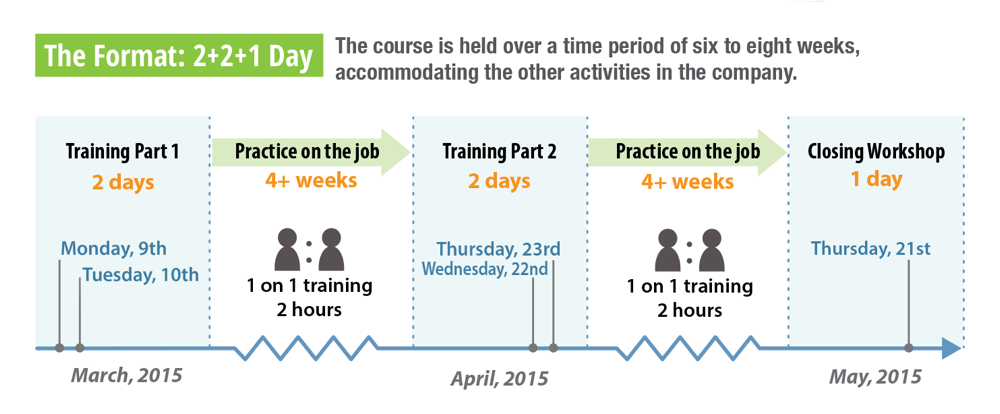Leading Agility
In today’s business world, organizations are changing at a tremendous pace due to technological improvements. While this change continues, human resources units need to transform their mission and focus to innovation, cooperation and speed, and even to be a leader for this transformation.
Are you familiar with issues below?Endless work lists
Ever-changing business unit requests
Focus problems
Never ending projects
Lack of ownership, (It’s not my job)
Lack of commitment
Failure to produce on time
Lack of trust and communication
Information loss
Quality problems
Start from scratch
Lingering, irregular and inefficient meetings
If you are familiar with the above, we need a change in the way we do business.
How did we come here?
In today’s world, companies that do business in the classical style are working with Taylorism since 1911. Organisations are structured in the logic of a production line based on division of labor and specialization. Taylor emphasized that employees must specialize in a specific role and work for productivity in production. Reward is the requirement for increasing the efficiency of this system. The system has layers for making decisions and doing business.This hierarchical and very traditional working structure was a solution for the past century. Turkish and worldwide companies have implemented this system extensively.
Agility is not a new entity, but a radical movement initiated in 2001 by the release of the Agile Manifesto by 17 software experts. Agile working methods, which created momentum in the software world, triggered a rapid change and this change affected customers’ demands. Customers demand affected almost all the products and services. And customer, no longer wants to wait. In fact, this is the main reason that leads us to agility.
Agility is based on the principles of “Lean” working method which is about collaboration of employees to solve a problem. Being agile is a response to fast changing and complex market conditions. Human Resources experts have published another manifesto from this point of view. You can reach the Manifesto from the following link:
https: //www.agilehrmanifesto.org/
What is agility, what is not?
It is not only daily meetings nor post-it sticking or routine of meetings.In fact, it is a new way of managing a business. A new perspective or mindset.It is a combination of good practices in the business world in a disciplined framework.It is a “system” perspective that can be understood in a shot but requires discipline , decisiveness and work to implement
How we can become Agile HR?
Actually, this might mean a new organizational design.
This design should not be a copy design of another organisation. It should be based on the experience and knowledge of the organization. The best practices, rituals should be thought together. Meanwhile, how to adapt to the cultural level should be analyzed very well. In this analysis, we can discover what are our catalysts, what are our obstacles by doing small experiments; which means we are working with Agile perspective and is the only way to progress in complex environments.
Instead of a mechanical design we should integrate necessary skills of talent management, recruitment, training, performance management, operational units that are organized in cross-functional teams to consist of all the skills needed to accomplish the working product. As we already know, teams working in a matrix structure, are distributed after the projects finish.In an agile team, team will be there to be ready to finish corresponding work from their “backlog” and fulfill their work list. In this team, there is a need for individuals who are self-organizing and working with team awareness. As they work together, we expect confidence in the relations and cooperation would increase. The critical thing is that the organization has to create a safe space for the team.Patience for the chaos that will occur in the first stage and to provide a safe environment will encourage the team to try and drive the way.The team has to take the responsibility of their work in parallel. To improve the team decision processes, we have to work on the delegation of authority and ensure that the team adds quality both to itself and to work they do each time.
In addition to that, all the written above are a development area for leaders.They need to be transformed into a profile in the perspective of what can I do for the improvement of teams and how can I eliminate their barriers.
If you ask where to start doing all this, starting with a sample project in the system will be the right approach. As an agilist, we work “iterative & incremental”way that running the feedback loops by doing short loops with continuous increments to observe whether we have reached the target point. This will make it easier to manage a transformation that need to be done both in a team and the organization level.
Today, we do not have the luxury to ask whether or not agile transformation is necessary because of the uncertainties in the economic and political environment, increasing complexity of products and services, digital transformation speed, and changing customer and employee expectations. Instead,we have to realize that if we want to survive and compete, we need to plan when and how to transform.

